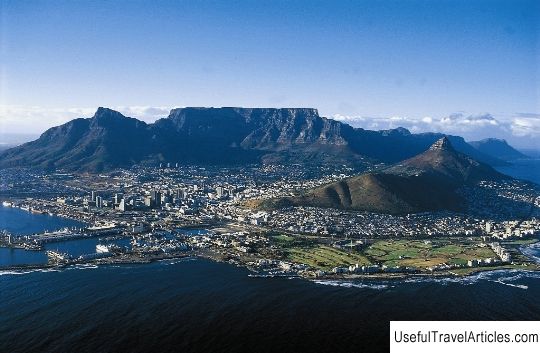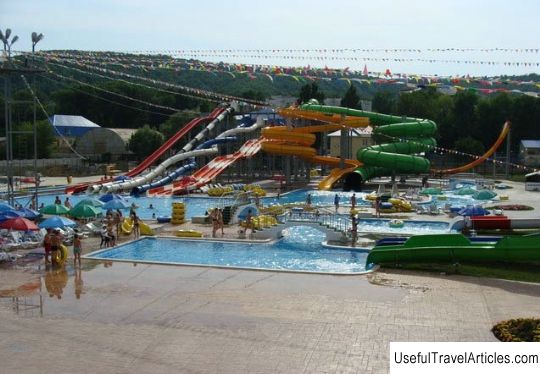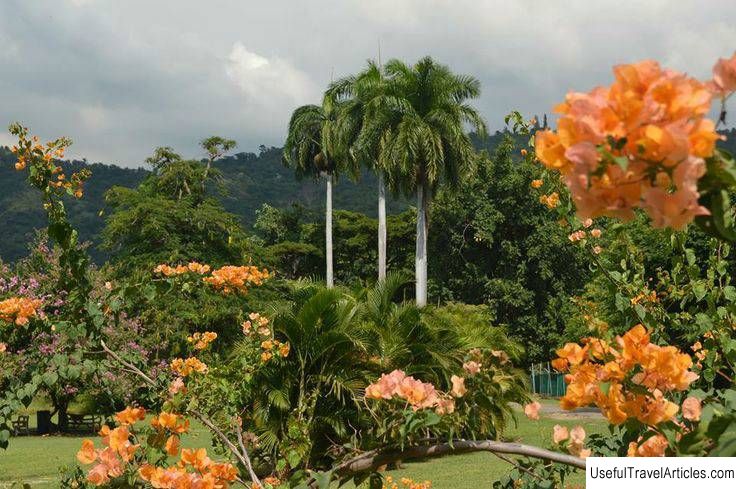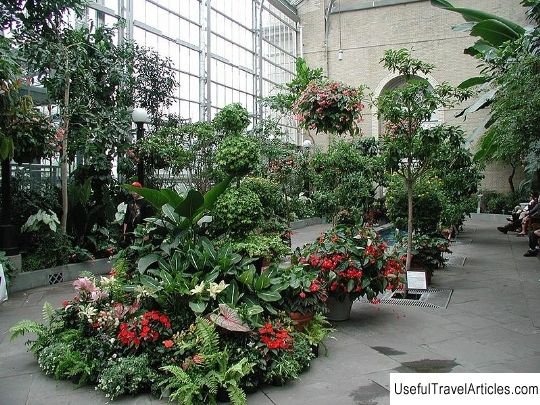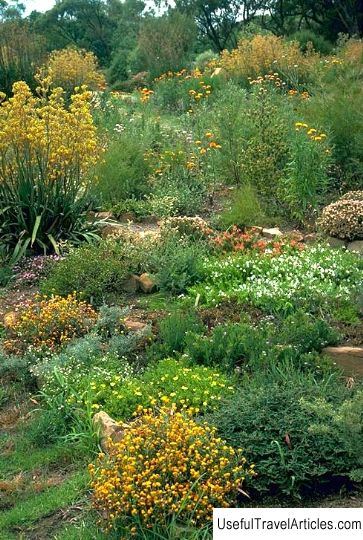Kirstenbosch Botanical Gardens description and photos - South Africa: Cape Town
Rating: 8,6/10 (709 votes) 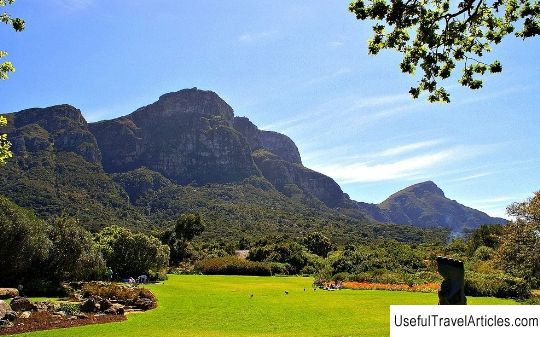
Kirstenbosch Botanical Gardens description and photos - South Africa: Cape Town. Detailed information about the attraction. Description, photographs and a map showing the nearest significant objects. The name in English is Kirstenbosch Botanical Gardens. Photo & Description"If you're looking for his monument, take a look around. These slopes and surroundings are one of the world's largest and most famous reserves of native flora, and this is the best memory of it! '' - such an inscription is carved on the tombstone of the first director of the Kirstenbosch Botanical Garden, Professor Harold Pearson. Founded in 1913, Kirstenbosch is located on the eastern slopes of Table Mountain in Cape Town. It consists of landscaped gardens of native flora, through which the Liesbeck River flows, and a natural forest that extends to the lower slopes. Kirstenbosch covers an area of 528 hectares, of which only 36 hectares are looked after by garden workers, the rest of the garden is a nature reserve of flora. Only 4,700 of the approximately 20,000 species of native South African plants are found here, and 50% of the peninsula's floral richness. Among the interesting areas of the garden that visitors are keen to see is the Cycad Amphitheater, which houses most of the rare species plants found in South Africa. Most of the upper slopes of the famous Protea Garden are covered with shimmering silver forests - an evergreen silver tree 5-7 meters high, is a rare and endangered species due to the high demand for wood and the massive deforestation of its forests. JV Mathews Rock Garden (named after the first curator) contains succulents, aloe and other plant species. Erica Garden and Pelargonium Koppie are also very beautiful. You can hide in the shade of camphor and fig trees, planted by Cecil Rhodes in 1898. Nearby there is a small patch of wild almonds planted by Jan van Riebeck in 1660, during the Dutch settler era. Kirstenbosch is home to the headquarters of the National Botanical Institute, which runs a national network of gardens and associated research institutes. One of them, Compton Herbarium, sits atop a camphor tree alley in the heart of Kirstenbosch. Named after the former director, it is dedicated to scientific research. All paths of the main botanical garden of Kirstenbosch are paved. More recently, the 128-meter Boomslang (Afrikaans meaning tree kite) aerial bridge was opened, with a maximum height of about 11 meters, which runs through the arboretum. It was created by the architect Mark Thomas. There are also two special trails for the disabled and three trails designed for a three-hour vigorous walk of up to 6 km. The Fragrant Garden, located nearby, has an excellent collection of aromatic plants, with explanatory signs in Braille and large print for people with vision problems. Kirstenbosch can be visited in the spring and summer, when the gardens glow with Namaqualand chamomile and winter is the best time to see the amazingly beautiful Protea. Visitors can purchase local plants, books and souvenirs of their choice at the small shop at the exit of the Kirstenbosch Botanical Garden and enjoy a cup of aromatic coffee in the al fresco restaurant.         We also recommend reading Matryoshka Museum description and photo - Russia - Moscow: Moscow Topic: Kirstenbosch Botanical Gardens description and photos - South Africa: Cape Town. |
